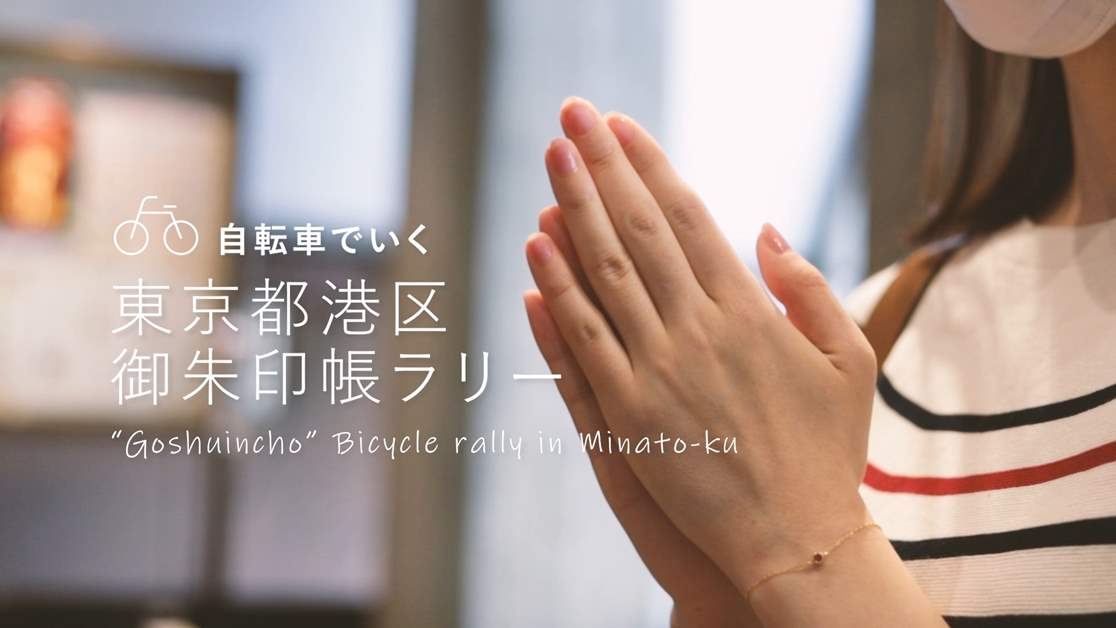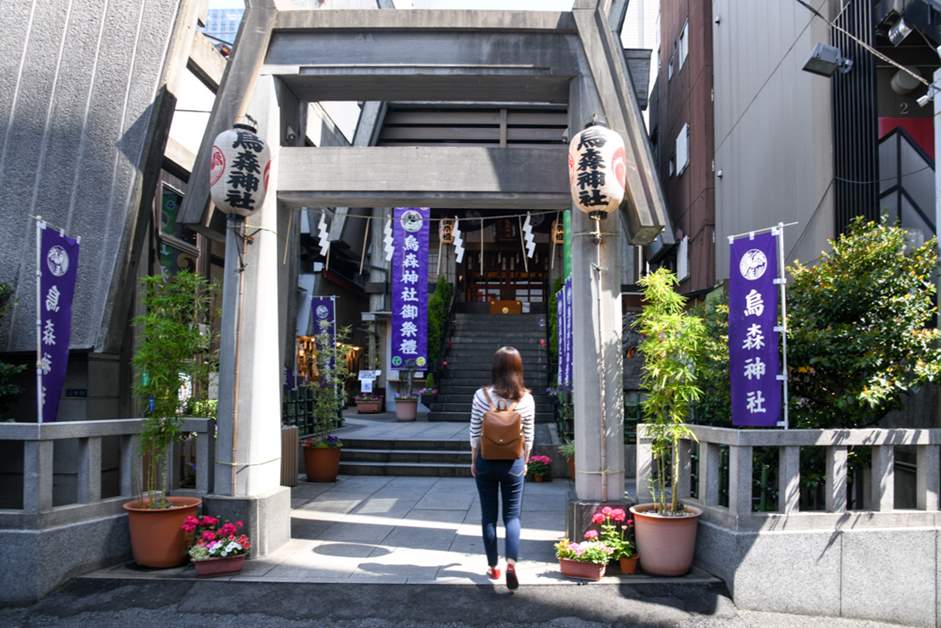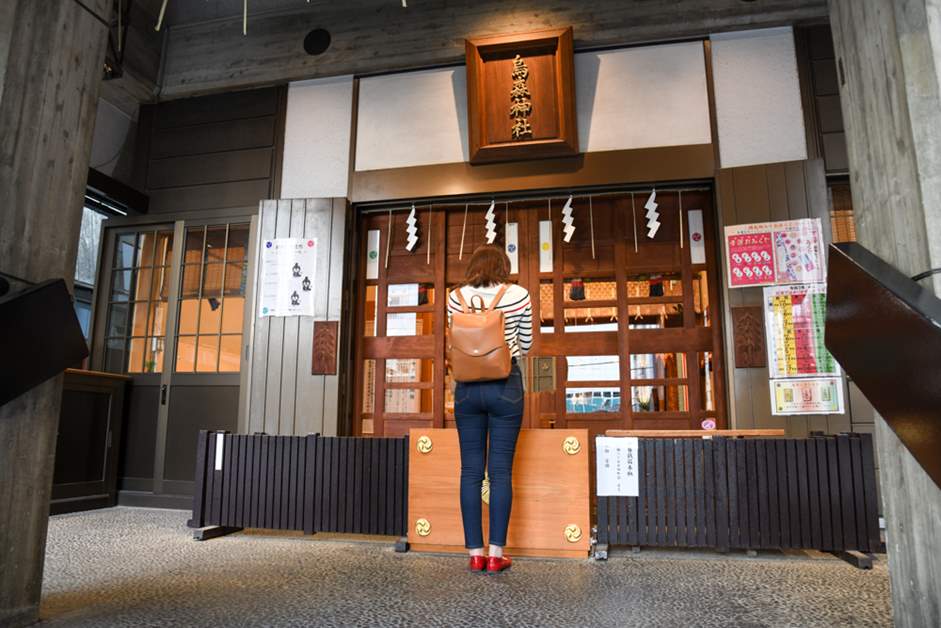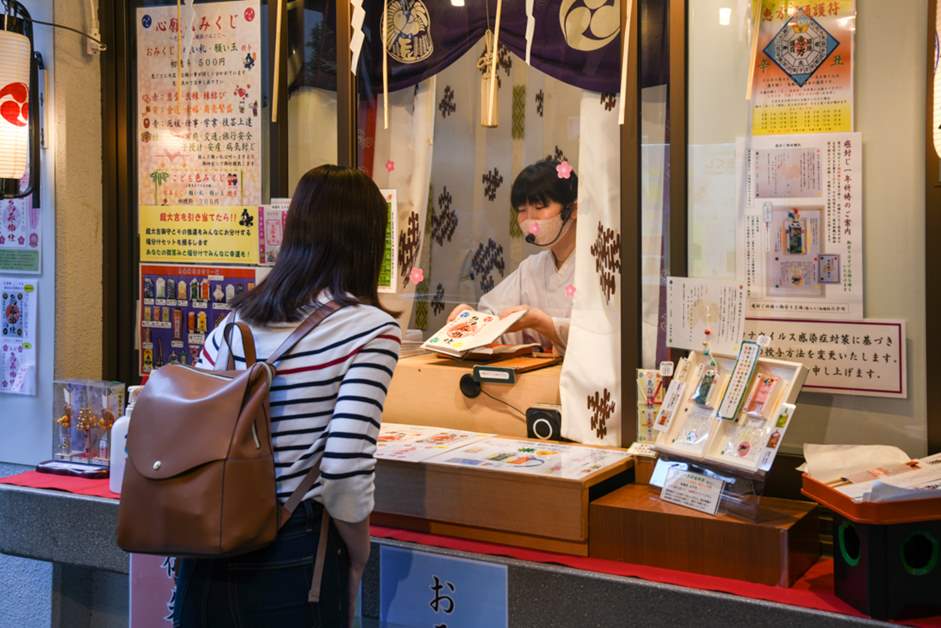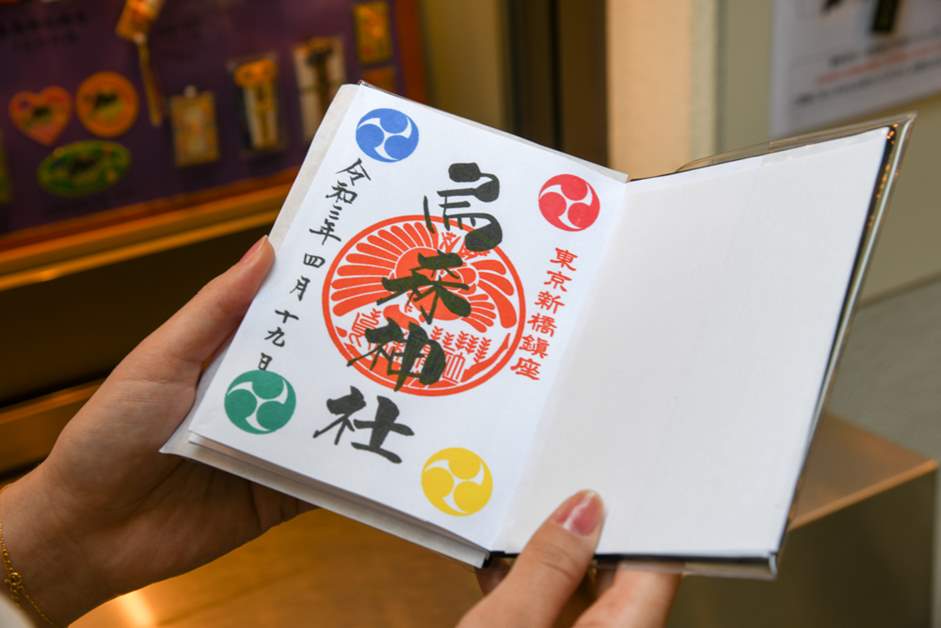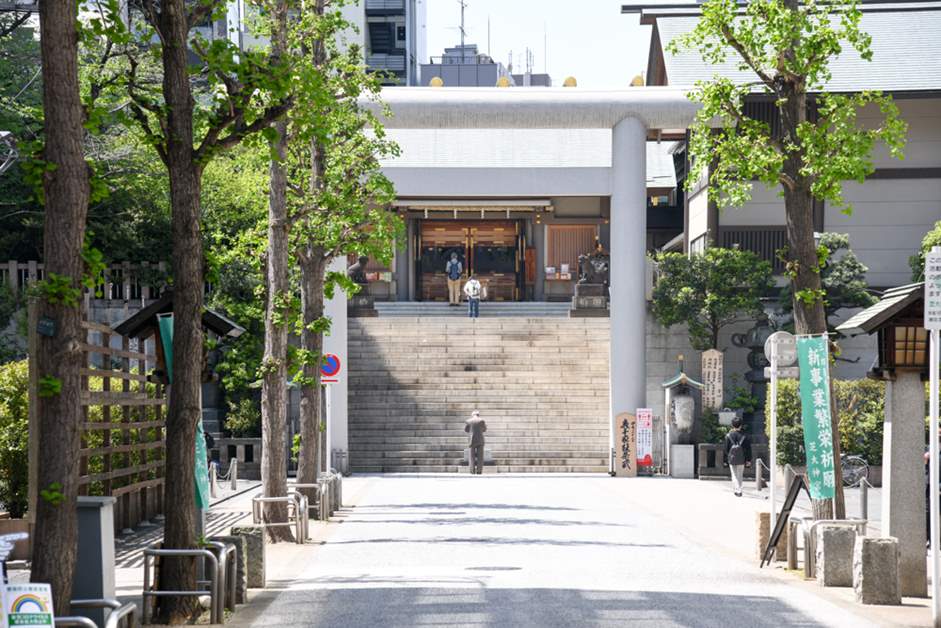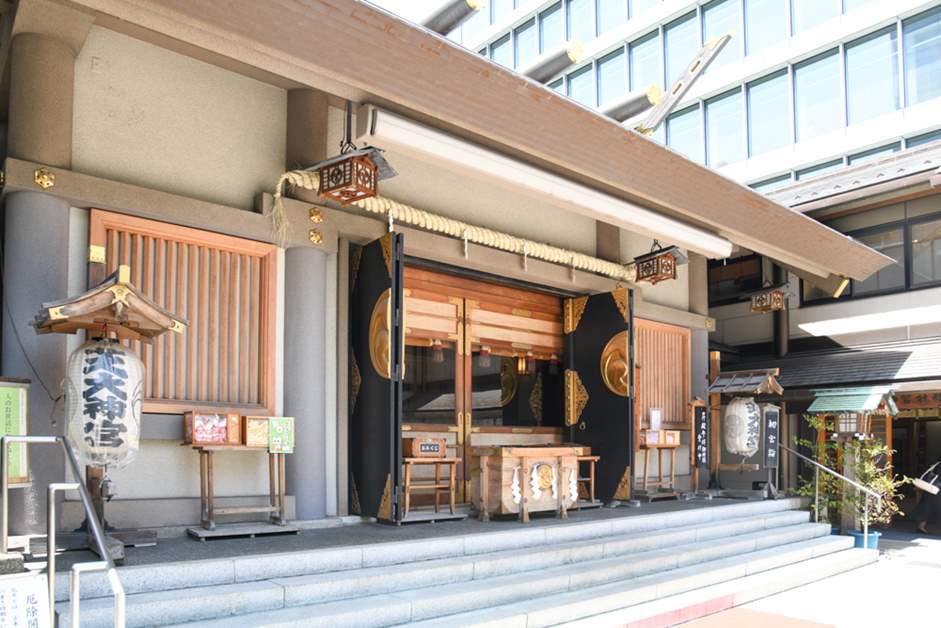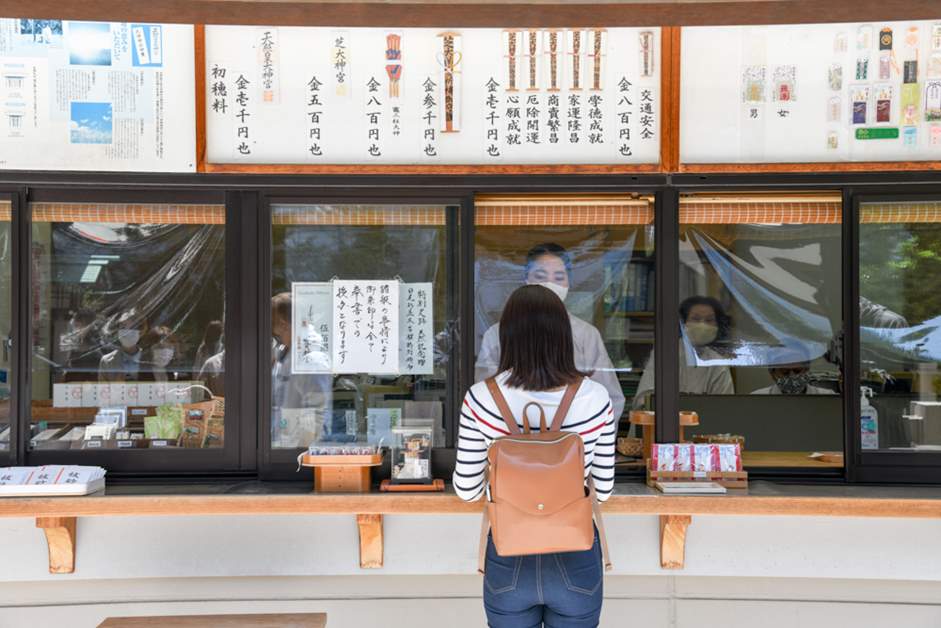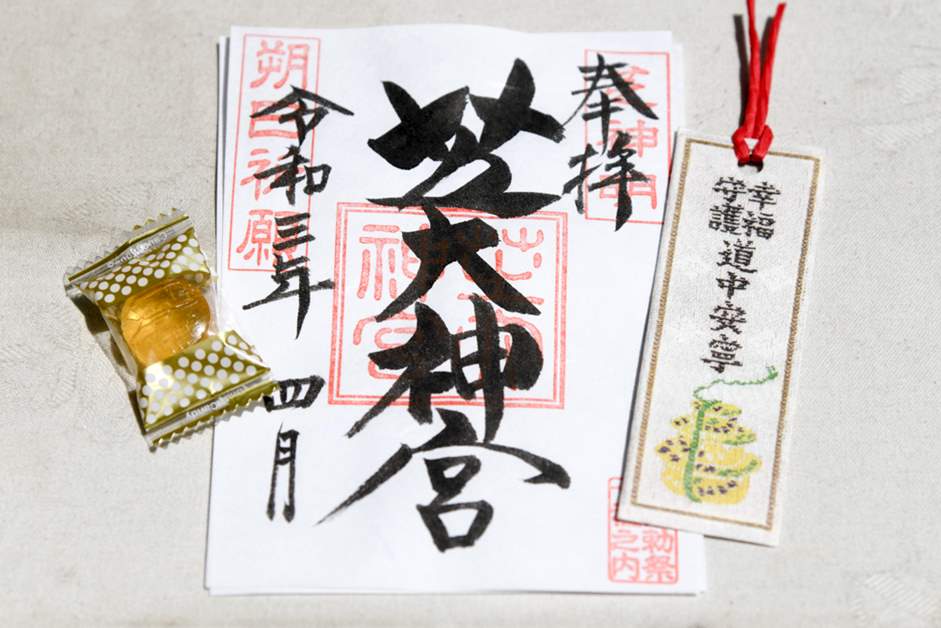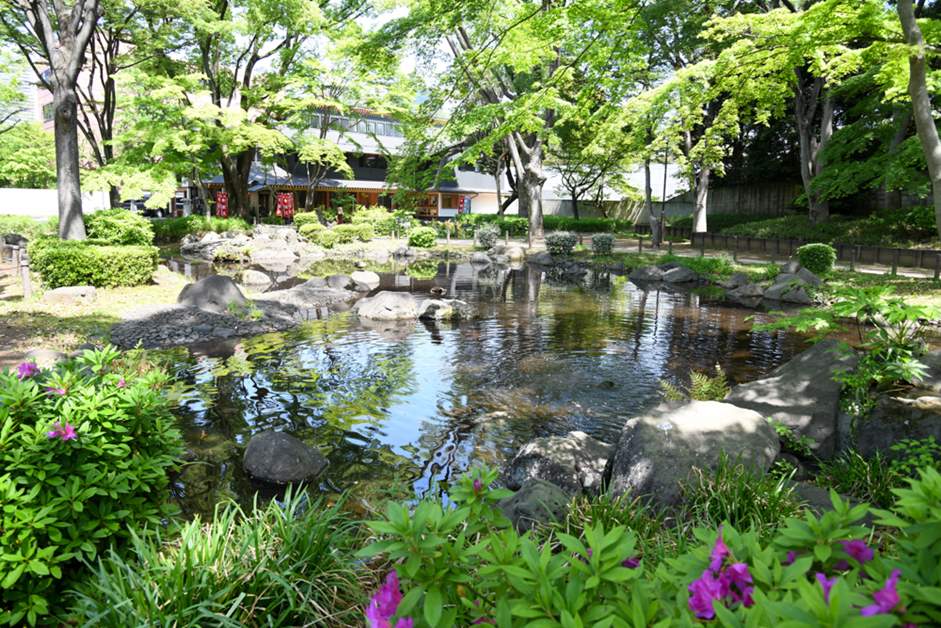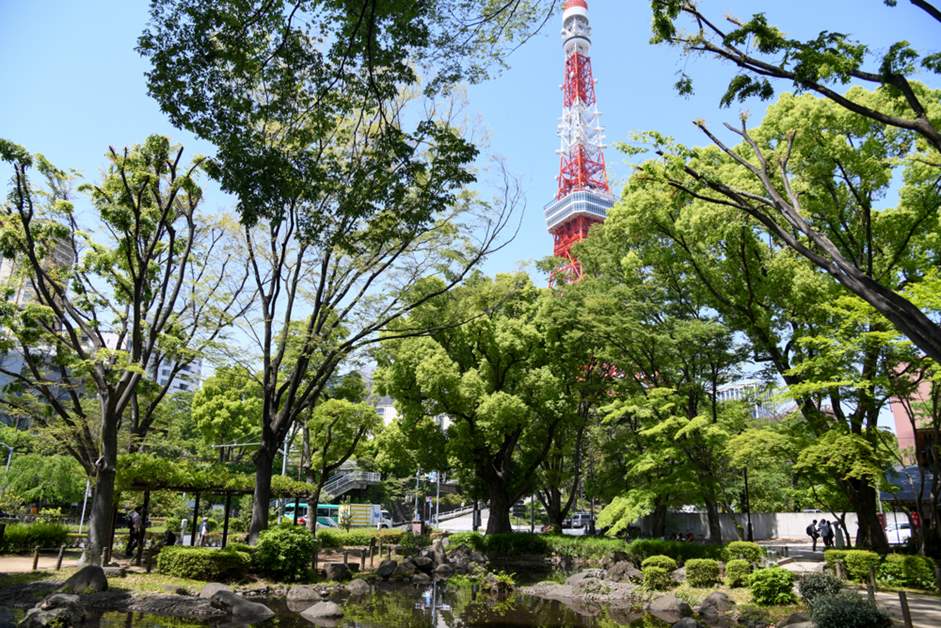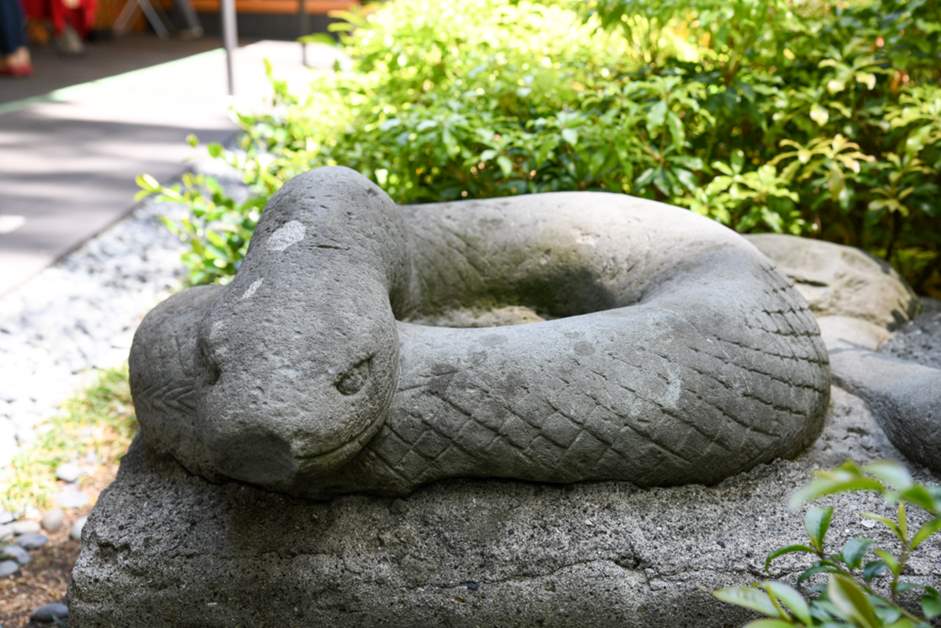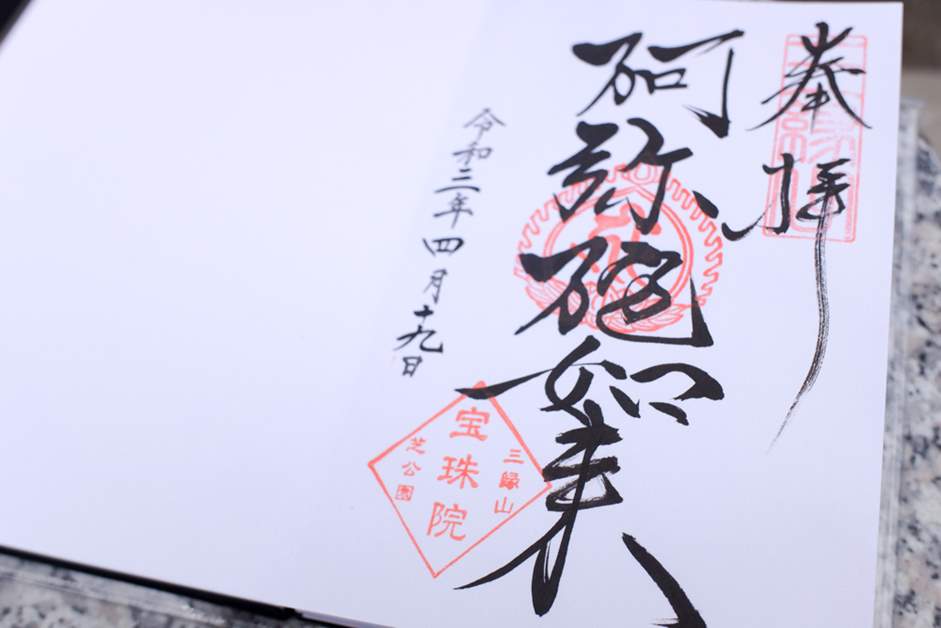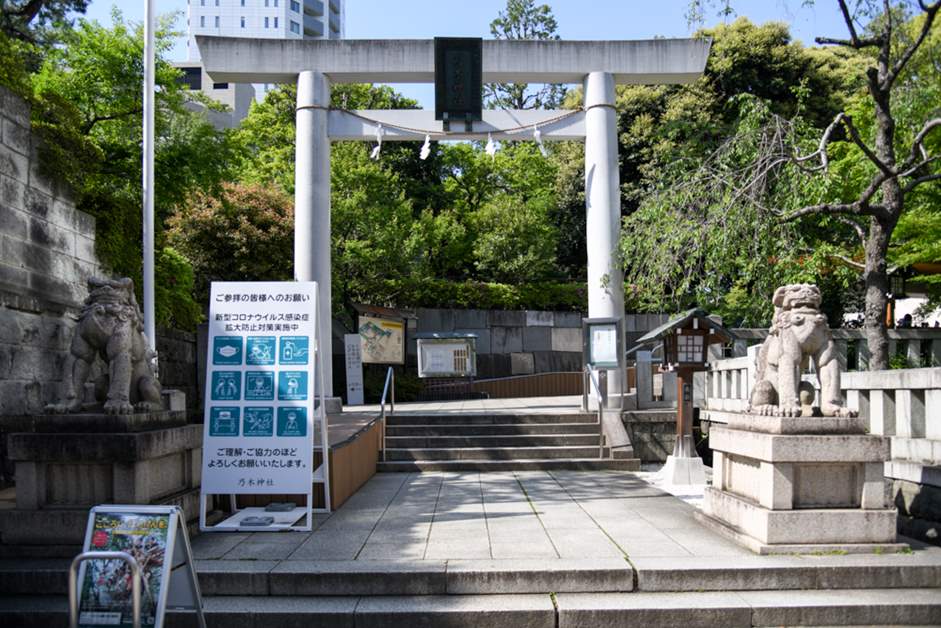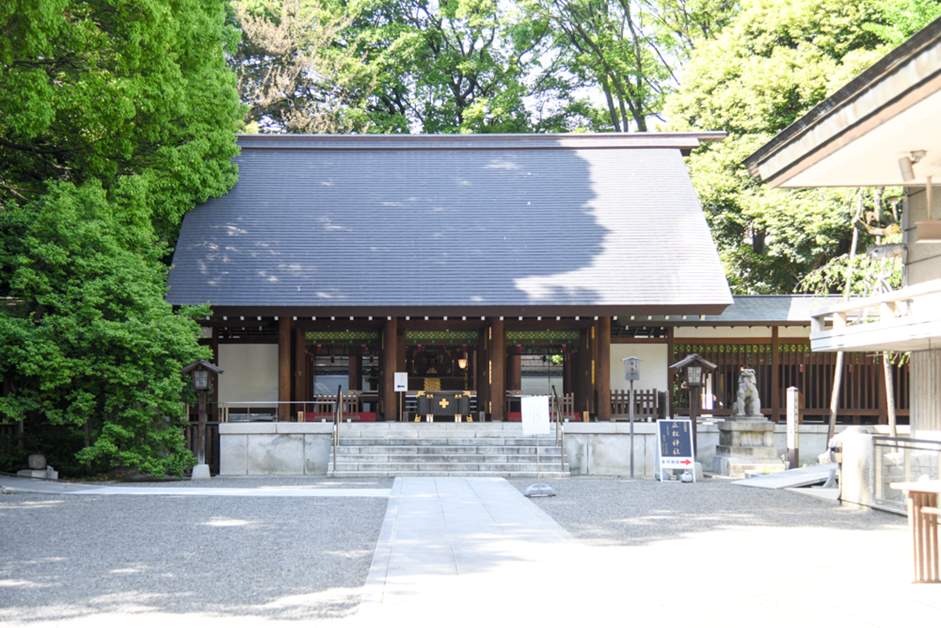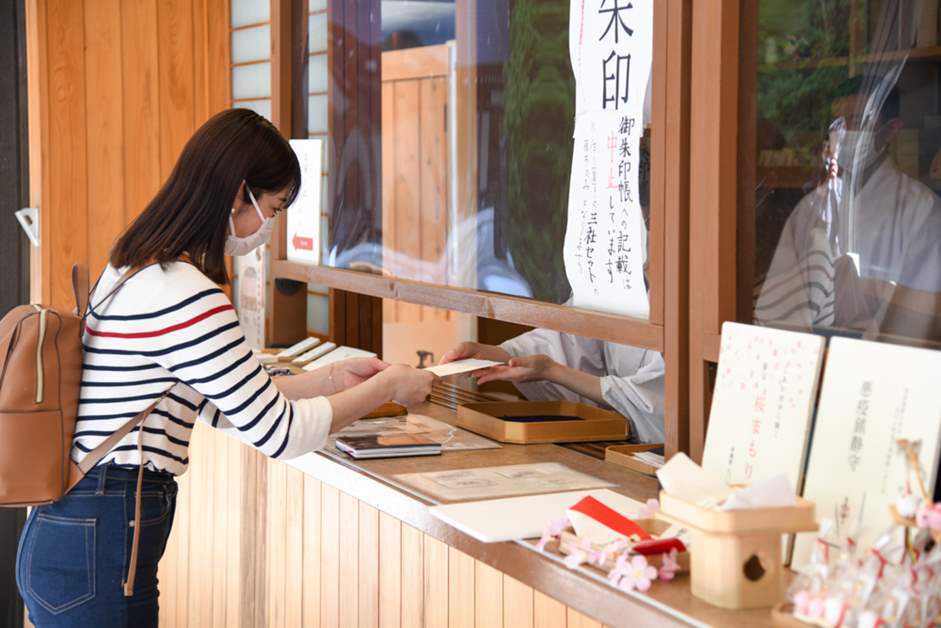Increase Your Luck in Minato, Tokyo! Go on a Trip to Get All of the Popular Goshuin Stamps While Riding on a Rental Bicycle
Collecting goshuin has been attracting more and more enthusiasts recently as a hobby that anybody can pick up casually. Minato, Tokyo also has many miracle-working shrines and temples with a never-ending presence of goshuin enthusiasts. Although it would be possible to visit several shrines and temples on foot in a day because there are many of them gathered in a relatively close area, rental bicycles are convenient if you would like to move more efficiently. Therefore, we used the rental bicycles from Minato City Bicycle Sharing to go on a trip to collect goshuin stamps.
*The information listed is from April 20th, 2021 (coverage).
Depending on the facility, there is a possibility that the hours of operation have changed or that visitors are no longer allowed. For details, please check each facility’s official home page.
*Please refrain from unnecessary or nonessential outings while under a state of emergency.
Depending on the facility, there is a possibility that the hours of operation have changed or that visitors are no longer allowed. For details, please check each facility’s official home page.
*Please refrain from unnecessary or nonessential outings while under a state of emergency.
Start at Sakurada Park and Head to Karasumori Shrine First
For this day’s goshuin tour, we used rental bicycles from Minato City Bicycle Sharing, which has 137 ports in Minato (as of April 2021). The bicycles stand out for their red color and will serve as your trusted ally, given that they are electric bicycles that can handle starts and slopes easily. Anybody can use them, as long as they download the Bike Share app to their smartphone and sign up as a user. You can find the closest port to you on the map in the app and even place a reservation 20 minutes before you begin your rental. The usage fee is charged for every 30 minutes of use, with a price of 165 yen for the first 30 minutes and 110 yen added for each subsequent 30 minutes.
Our first stop was Karasumori Shrine in Shinbashi. This shrine has a history, as it was established in 940 (the 3rd year of the Tengyo era of the Heian period), and enshrines Ukanomitama-no-Mikoto, the deity of bountiful harvests of grain, Ninigi-no-Mikoto, the protagonist of the Legend of Tenson Korin, and Ame-no-Uzume-no-Mikoto, the goddess of the arts, as its deities.
It is surrounded by office buildings and restaurants in its lively location in front of Shimbashi Station. On the morning of our visit, there were many people dressed in sharp suits coming to pay their respects, given that this shrine offers the benefits of praying for victory and thriving in business. In addition, you can see that this shrine has embedded itself in the lives of citizens based on the fact that people who appear to be on their way to work stop to bow in front of the torii as they pass by.
After cleansing ourselves at the chozu-ya and paying our respects to the deities, we finally received our goshuin. To add, many temples and shrines are refraining from signing goshuincho books at present to prevent the spread of novel coronavirus infections, opting to leave signed pieces of Japanese washi paper as goshuin instead.
The goshuin of Karasumori Shrine are colorful, as they have the shrine crest in the center and red, yellow, blue, and green tomoe in the 4 corners. The bird in the shrine crest is very cute for its lovely round eyes. The limited edition goshuin, such as the pink goshuin for Hinamatsuri and the silver goshuin for Nagoshi no Harae, are also popular. On this day, we also saw the gold goshuin that is only available around the time of the Reitaisai. We had a difficult choice to make because the gold goshuin was also wonderful but we chose the basic goshuin at our first stop after all.
We received our goshuin from the miko, as she welcomes us by saying, “I am glad that you came to pay a visit.” Since this was actually my first time receiving goshuin, I had a bit of tension in my arms… Looking at my first goshuin, I felt that I somehow received the power of the deities.
Receive the Power of Luck at Shiba Daijingu
Next is Shiba Daijingu in Shibadaimon. It is about 5 minutes away on a bicycle from Karasumori Shrine, cutting across Shintora Dori Street. This was my first visit to Shiba Daijingu, and I was impressed by its neat appearance, as the torii that is almost as white as the completely white approach is photogenic.
It was established in Iigura in 1005 (the 2nd year of the Kanko era of the Heian period), having had Amaterasu Omikami and Toyouke-no-Okami ceremonially transferred from Ise Grand Shrine. Shiba Daijingu was then moved to its current location in 1598 (the 3rd year of the Keicho era).
It is known as the “Ise Grand Shrine of the Kanto region” based on the history of its founding and has attracted many believers from all over the Kanto region for its benefits of goun, which is good luck that is said to be even stronger than kyoun, and matchmaking. It is also one of the 10 Shrines of Tokyo and gives off the presence of the deities that have protected the cities of Edo and Tokyo, given that it has even been the subject of worship of Minamoto no Yoritomo and the Tokugawa shogunate during its history of over 1,000 years.
We climbed up the stone steps overlooked by a pair of stone-carved guardian dogs on each side, paid our respects, and received our goshuin at the juyojo. It is also possible to get omamori for safe travels and ginger candy associated with the Shogazuka (ginger mound) here together with your goshuin. In addition, it appears there are also limited edition goshuin during the time of the Reitaisai, which is around when the Daradara Festival is held in September.
While we were testing our luck with the “Koinobori Mikuji (o-mikuji for love)” after we paid our respects, families that just completed their Miyamairi (first shrine visit for newborns) appeared in front of the main hall. The sight of newborns and the families around them was wholesome. We cheekily received some of their happiness.
Hoshuin Captures the Hearts of Goshuin Fans With a Wide Selection
For our 3rd stop, we headed to Hoshuin in Shiba Park. It is about 8 minutes away from Shiba Daijingu on a bicycle, going around the north side of Shiba Park. The greenery makes the route from the intersection at 3 Chome Shibakoen to Ichozaka pleasant. We pedaled our bicycles while glancing sideways at Tokyo Tower and feeling the gentle spring breeze before we stopped at Hoshuin.
Hoshuin is a temple that was established in 1685 (the 2nd year of the Jokyo era) by Reigen Shonin from the neighboring Zojoji. It is also known as Benzaiten, one of Minato’s Seven Deities of Good Fortune, and enshrines Amitabha Tathagata, its principal object of worship, the Saiten of good fortune, success, and eloquence, which is the hidden Buddhist image associated with Tokugawa Ieyasu, and the wood-carved statue of Yama that is 2 meters tall and is a designated cultural asset of Minato. The large Benten Ike pond is located next to the main hall, and the waterside scenery with lots of greenery and Tokyo Tower in the background is soothing.
The Yama that we saw in the main hall has an intimidating and powerful presence because of its facial expression of a sharply raised eyebrow and mouth opened wide. The strength of its glaring eyes is full of dignity, as if it is seeing through our inability to reach enlightenment.
The precincts also have the Misukumi no Zo (Statues of the Trilemma), which are embedded with hope for peace based on the triangular behavior of the snake eating the frog, the frog eating the slug, and the slug melting the snake. It would also be fun to find these statues. We found the snake and the frog relatively easily, but the slug was in an unexpected place… Please look for them here by all means.
Hoshuin has 4 types of basic goshuin, as well as special goshuin each month and small mame goshuin. You can choose from a variety of goshuin based on their benefits. Many goshuin caught our eyes again, but we received the most basic Amitabha Tathagata goshuin.
As we were looking at our goshuincho book that had become a bit lively, a woman who looked to also be on a trip to collect goshuin stamps. We gathered the courage to ask her, “Are you on a trip to collect goshuin stamps?” As she pulled out a thick goshuincho book, she said, “I am going to receive the goshuin from Tower Daijingu next.” Wow, you can get goshuin from Tokyo Tower also. It was difficult for us to make it there that day, but we will be sure to add it to our route next time.
Nogi Shrine Enshrines a Hero Associated With Minato
It is a ride of about 15 minutes along Roppongi from Hoshuin to Nogi Shrine, the next stop. The best part about riding a bicycle around the city center is that you can see sights that aren’t visible from the subway. The path has climbs and descents, but it is easy on an electric bicycle.
Nogi Shrine was established in 1923 (the 12th year of the Taisho era). General Nogi Maresuke, who this shrine is dedicated to, is a hero of the Meiji era who devoted himself to both scholarship and martial arts, as he rendered distinguished military service in conflicts such as the First Sino-Japanese War and Russo-Japanese War and spent his later years involved in the education of Emperor Showa. The current precincts are located next to the residence that he lived in with his wife Shizuko, who is also enshrined.
The precincts of the shrine, which we reached after riding straight down the hill of Nogizaka, has a dignified atmosphere that the words “away from the bustle of the city” are perfect for. Simply by passing under the 2 torii and walking along the approach covered with pebbles, we deeply felt the power in this land.
Nogi Shrine is said to have the benefits of luck in competitions, luck in work, and even luck in romance through the connection with General Nogi and his wife, who are the deities of harmonious marriage. After we finished paying our respects to General Nogi, who kept his faith until the end, while thinking about his life, we received goshuin from our 4th location on this day.
To add, the precincts have 2 shrines called Akasaka Oji Inari Jinja and Shomatsu Shrine. The long row of torii at Akasaka Oji Inari Jinja is very photogenic. We were also able to take a commemorative photo at the end of our trip to collect goshuin stamps.
We got 4 goshuin on a route of about 5.5km from Karasumori Shrine in Shinbashi to Nogi Shrine in Akasaka. It was a comfortable bicycle ride that took about 4 hours, including the time we spent paying our respects. We might get really into it moving forward, as it is healthy exercise and a hobby that avoids conditions that facilitate the spread of infections. Since Minato, Tokyo has many other shrines and temples that are famous among goshuin collectors, such as Zojoji Temple, Atago Shrine, and Akasaka Hikawa Shrine, how about using convenient rental bicycles by all means to ride along your preferred route?




